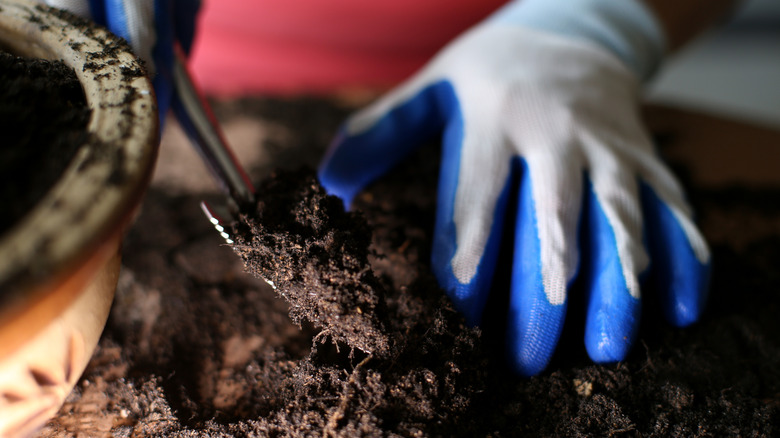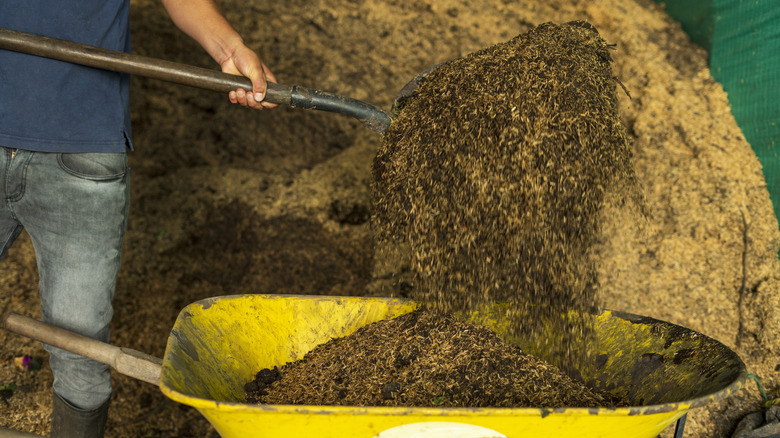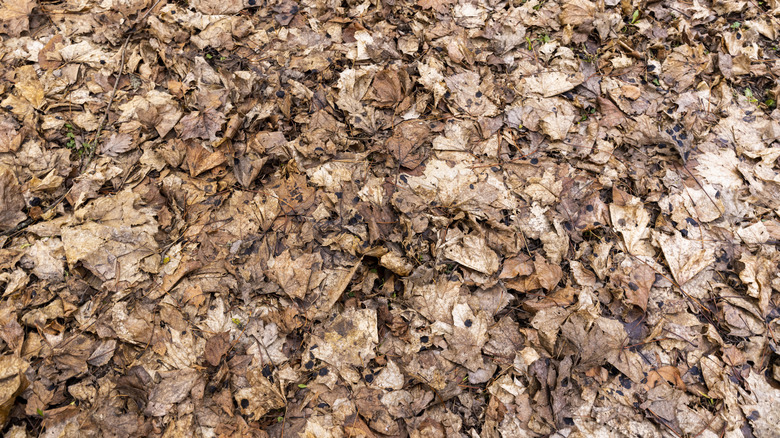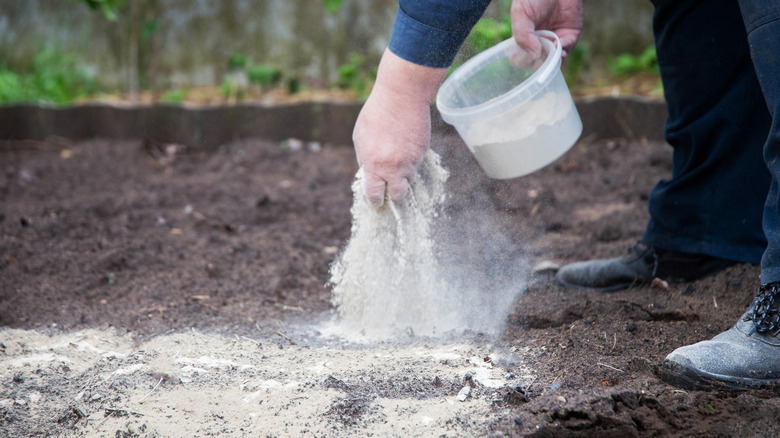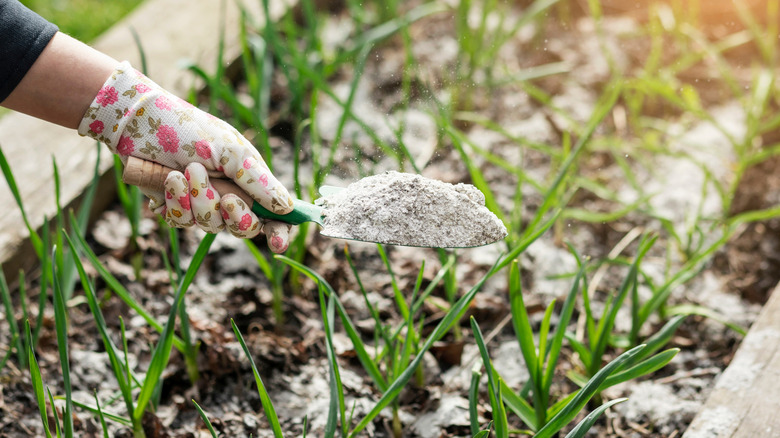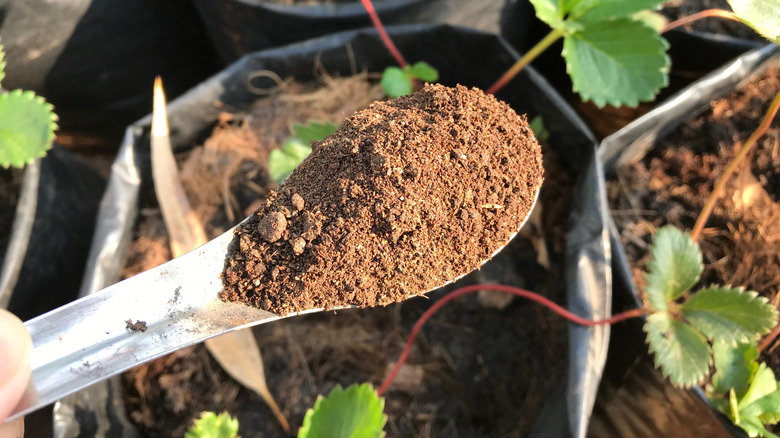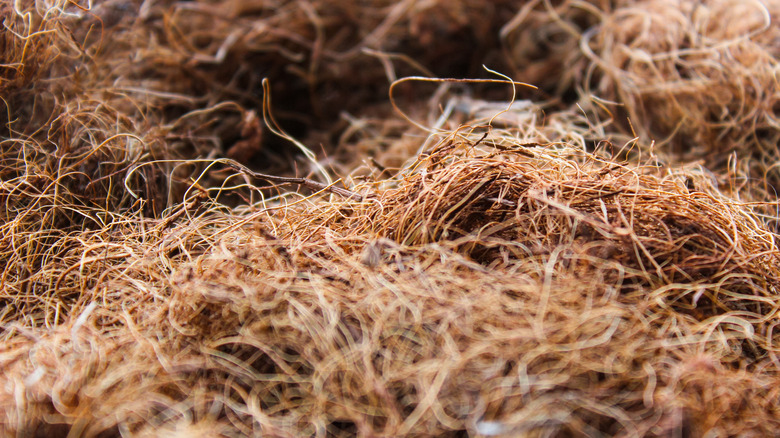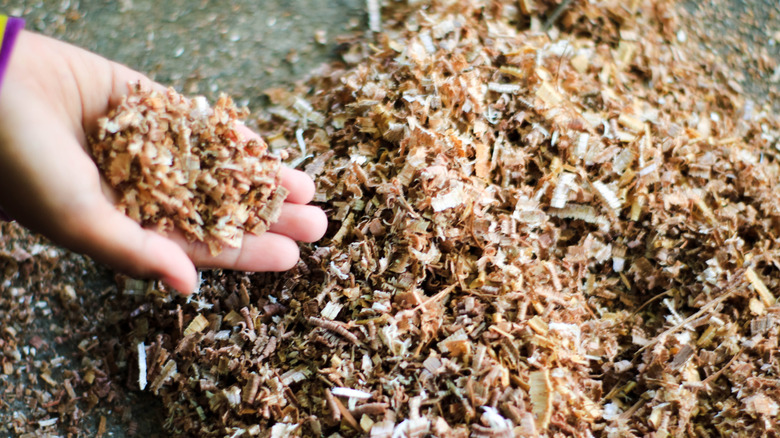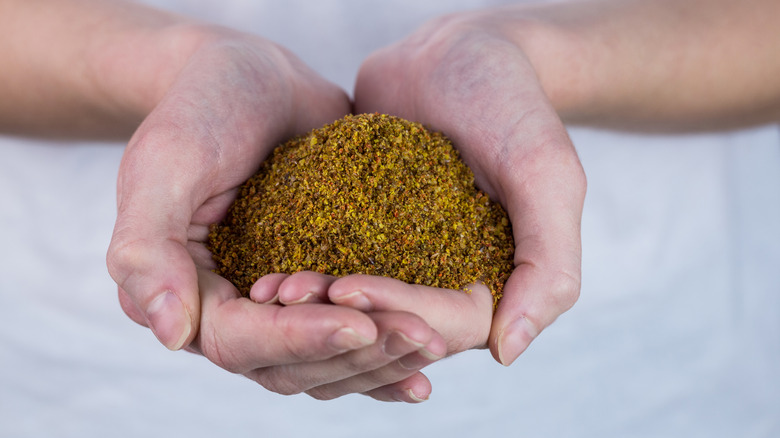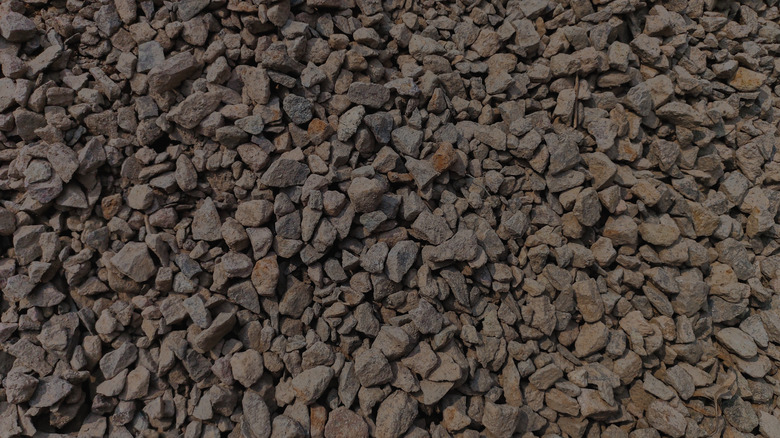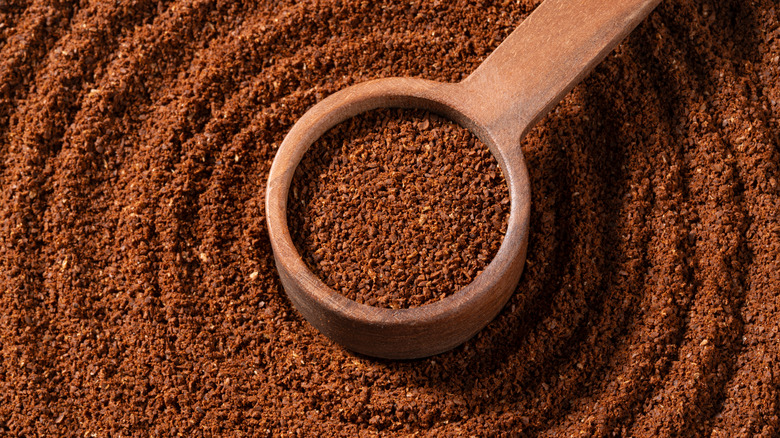10 Ways To Amend Soil In Fall For A Healthy Garden Next Spring
Many gardeners know the importance of amending their soil to make sure that it has all the various nutrients that help their plants thrive. However, it can often be hard to work out when to introduce these additives for the best benefit. Although the autumn days are getting shorter and you may be less motivated to get out into the garden, the fall is actually a great time to refresh your garden before spring planting. This timing allows organic material to decompose and add nutrients to the ground before gardening resumes in earnest with the return of warmer weather.
The first thing to do is to test your soil. By analyzing what your soil has in excess and what it is lacking, you can more easily work out what to add to it for the greatest benefit. You can either have a professional test done for a full assessment of your soil's health or conduct a home test for specific components like acidity and earthworm activity. Once you've done that, start researching the many additive options that can help you amend your soil for next year, such as manure, wood ash, lime, or even the exotic bat guano. Before you close up your garden shed for the winter, consider adding some beneficial materials to your soil to help give your plants a head start when spring finally returns.
Manure
Manure is great for garden fertility as it contains nutrients that are valuable for your soil. Use only manure that has been properly heated and aged, and always wear gloves when handling it because fresh manure can harbor harmful bacteria like E. coli and Salmonella. Adding manure during the fall can be helpful because cool temperatures ensure important nutrients, such as nitrogen, do not dissipate as quickly. Make sure not to add the manure before any heavy rains, as this may cause its beneficial components to be washed away.
Leaf mold
If you're looking to improve your soil's structure and attract earthworms to your garden at the same time, leaf mold is an excellent solution. You can make your own by collecting leaves and storing them in a well-ventilated, moist location where fungi can begin to break them down. However, this process can take up to two years — particularly when using thicker leaves — so you may wish to purchase some until your homemade version is ready. Keep in mind that oak leaves and pine needles are acidic and should only be used on plants that prefer acidic soil, such as blueberries (Vaccinium corymbosum).
Lime
If your soil is too acidic for what you want to grow, don't worry! You can amend this with lime. This ingredient will increase your soil's pH while also boosting beneficial nutrients such as calcium and magnesium. Lime can be purchased from a variety of garden centers, and it needs to be added to the soil ahead of planting, meaning that fall is the perfect time to do so. Spread lime evenly and mix it well into the soil, as it only neutralizes the spots it directly contacts.
Wood Ash
If your plants frequently suffer from yellow-edged foliage that looks withered and burnt, this could be a sign of insufficient potassium. Wood ash contains many important components needed for healthy soil, including vital potassium. To use wood ash, make sure to wear protective gear like goggles, then spread it uniformly over moist soil on a still day to avoid it blowing away in the wind. Use only ash from untreated wood or natural trees, as it may otherwise be contaminated with metals or other toxic materials.
Bat guano
For gardeners who aren't too squeamish, bat guano is also a wonderful way to amend your soil in the fall for a thriving spring garden. It has plenty of nitrogen, potassium, and phosphorus, which can help improve the growth of the roots, stems, and leaves of your plants. To safely handle bat droppings, make sure to wear gloves and a mask, particularly when using the powdered version. Then, either mix it into the soil directly or soak it in water first to create a liquid fertilizer. It can also be applied directly to leaves later to boost growth and deter disease.
Coconut Coir
You may have seen hanging baskets or pots made from the fuzzy, brown material coconut coir, fashioned from the exterior shell of the fruit. But did you know it also works as a great soil amendment? When mixed into soil, it can improve aeration and is good for helping soil retain moisture while preventing it from getting too waterlogged. As a bonus, it can also work as a mulch, blocking weeds from getting access to the sun and preventing them from taking over your garden.
Sawdust
Like coconut coir, wood shavings can help your garden thrive by working as an effective mulch to protect the soil from weeds and extreme temperatures during cold winter months. However, it is also a valuable soil amendment as it can improve its structure, add carbon, and allow air into the soil. Be aware that decomposing sawdust can deplete nitrogen — a nutrient many plants need to thrive. So, it is best to either use sawdust that has aged or to pair it with materials that can add nitrogen back in, such as grass clippings.
Cottonseed meal
If your garden already has plants in it that you need to keep healthy throughout the winter months, then cottonseed meal can be a great soil additive to help you do so. This substance is made from pressed cotton seeds and adds nitrogen into the soil slowly, so it is great for introducing to your garden in the fall as it can bolster your plants during the colder months. In addition, it infuses phosphorus and potash into the soil, as well as being great for retaining moisture in dry environments. Because it's natural, using cottonseed meal in moderate amounts is unlikely to burn plants when applied.
Greensand
Just like mammals, plants need to be able to carry oxygen throughout their different parts, and they need a healthy level of iron to be able to do so. Yellowing leaves and brown spots on plants can be a sign of iron deficiency, so adding greensand can help improve iron levels if you've noticed these symptoms before. It is also great for allowing more air into condensed soils, helping them to be ready for the growing roots of spring plants.
Coffee grounds
If your plants tend to grow slowly or to yellow as they age, they could be suffering from nitrogen deficiency. Luckily, coffee grounds can be a great soil amendment because they release nitrogen as they break down. If you're looking to have a healthy, nitrogen-rich garden in the spring, add coffee grounds in the fall so they have time to decompose and release nutrients. It is also a good additive to use preemptively in the fall because coffee grounds can be harmful to young, vulnerable seedlings and should be allowed time to mix in and become diluted.
